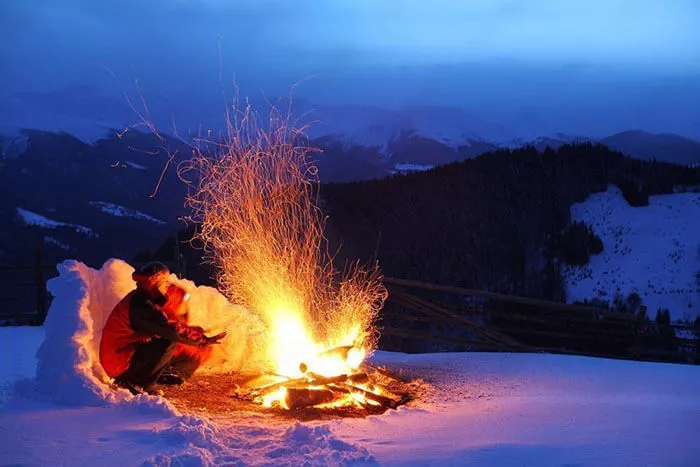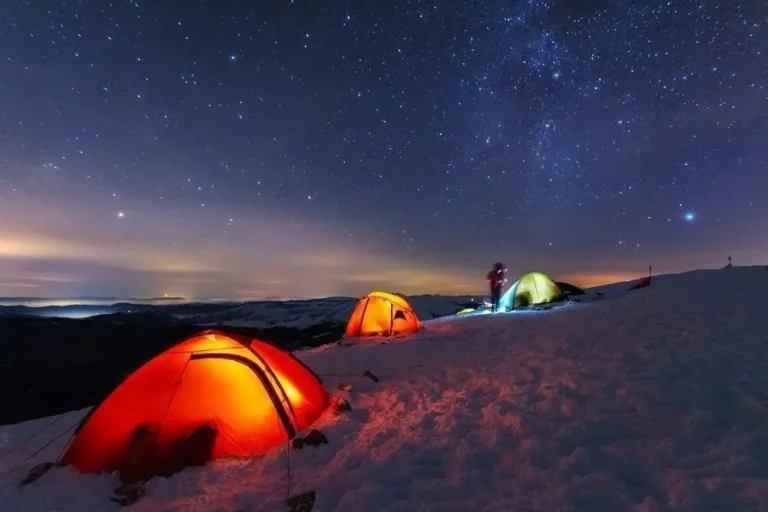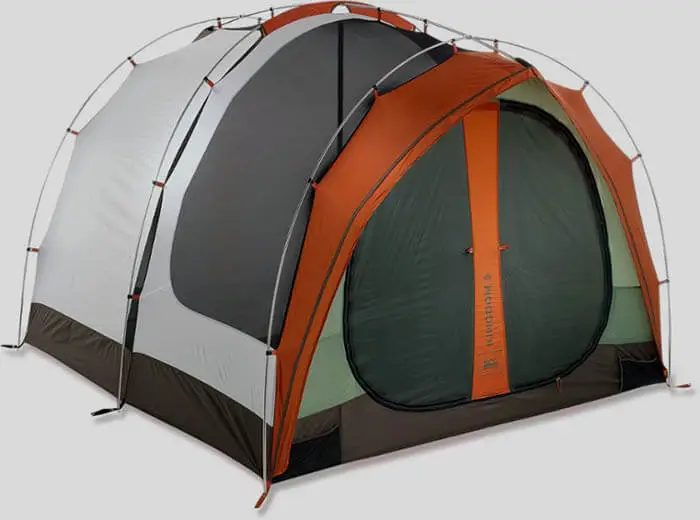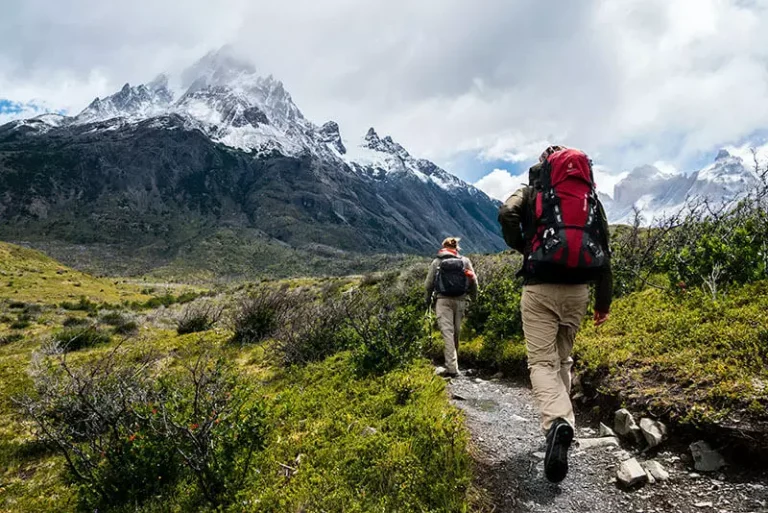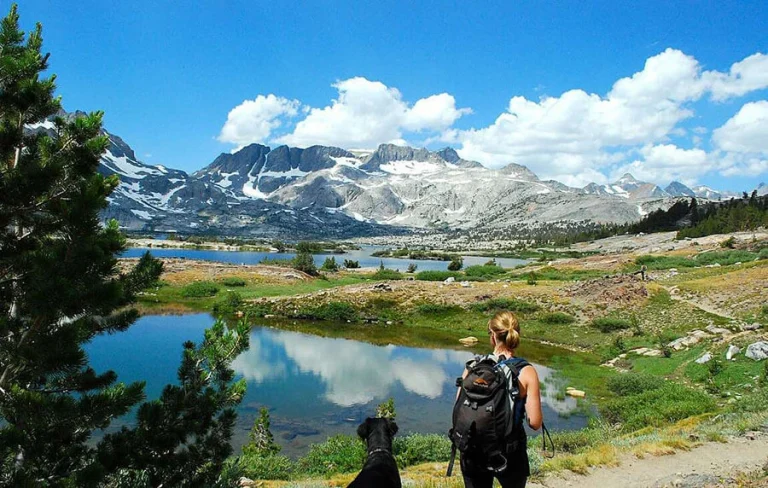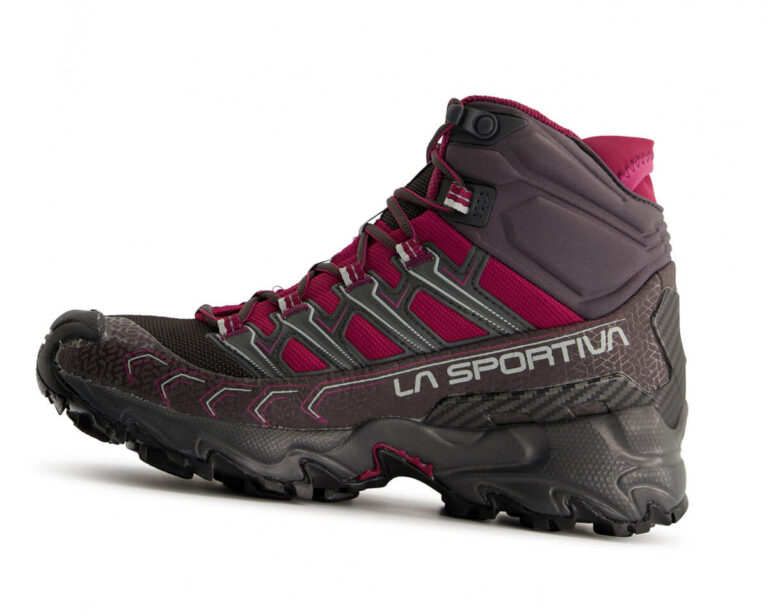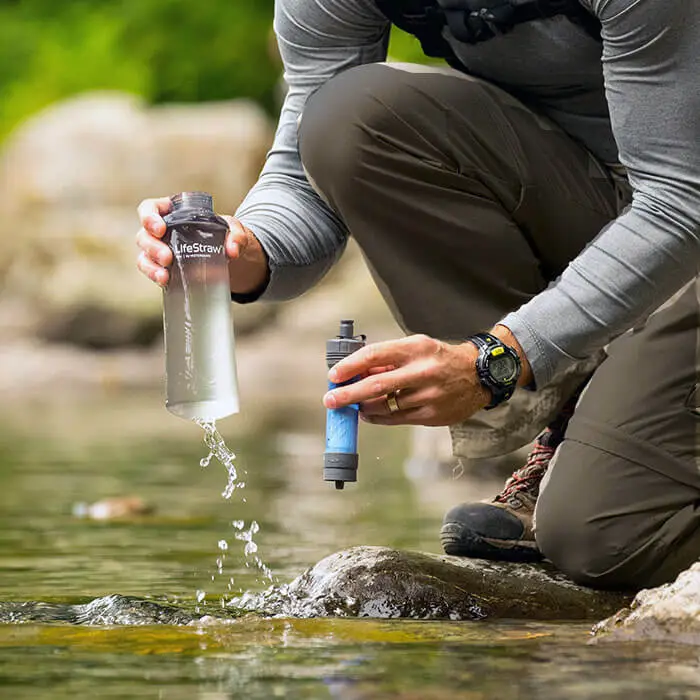Winter Camping Checklist: Tips for the beginners
This Winter Camping Checklist can help, whether you’re a first-time camper or a seasoned pro. There’s a lot to think about, from staying warm to staying safe when heading into the great outdoors in the colder months.
To help you make the most of your winter camping trip, we’ve compiled a comprehensive checklist of everything you need to pack. This list will help you make the most of your winter camping adventure, from essential gear to helpful tips.
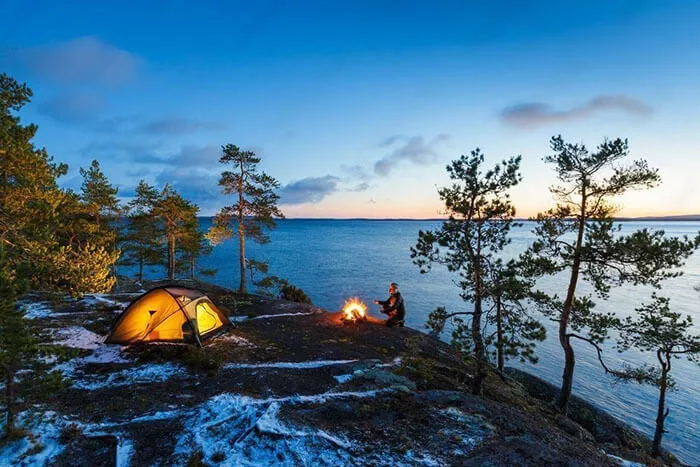
Essential Gear for backcountry trips
Of course, a good tent is the first thing you’ll need for winter camping. A four-season tent is ideal, as it’s designed to withstand heavy snow and high winds. Make sure to choose a spacious tent for everyone in your group, as you’ll spend a lot of time inside.
In addition to a tent, you’ll also need a sleeping bag that’s rated for cold weather. A down Sleeping bag is a good option, as it’s lightweight and compact. You’ll also want to pack a sleeping pad or an air mattress to insulate you from the cold ground.
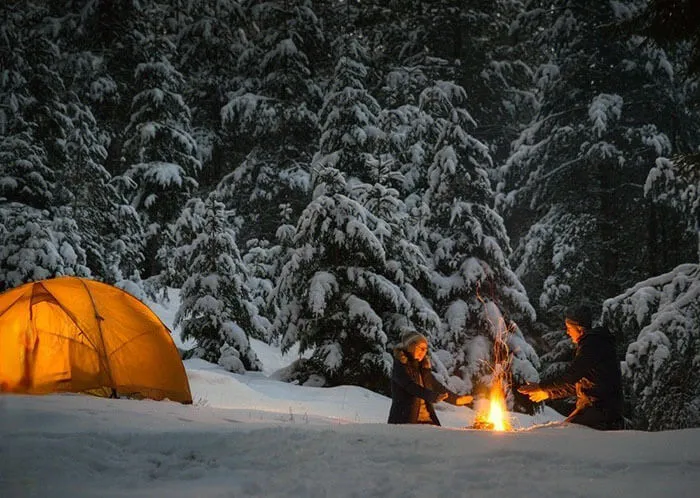
Other essential gear for winter camping includes:
• A stove and fuel: You’ll need a way to cook your food and heat your tent, so a portable stove is a must. Be sure to pack extra fuel, as you may not be able to find any on your camping trip.
• Warm clothing: Pack plenty of layers you can easily take on and off. Wool and synthetic fabrics are a good choice, as they insulate even when wet.
• Winter boots: A good pair of boots is essential for any winter activity, and camping is no exception. Make sure your boots are waterproof and have good traction to prevent slips and falls.
• first-aid kit: This is a must for any camping trip, but it’s especially important in the winter. Be sure to pack supplies for common injuries and any medications you or your group members take.
• A shovel: A shovel can be used for everything from digging your tent to building a snow fort.
• A headlamp: A headlamp is essential for any night-time activity, from reading to the bathroom.
• A map and compass: A map and compass will help you find your way if you get lost.
• A fire starter: A fire starter will come in handy if you need to build a fire for warmth or to signal for help.
• A whistle: A whistle is an excellent way to signal for help if you get lost or injured.
• Binoculars: Binoculars can help you spot potential hazards, such as avalanches, from a distance.
• Animal repellent: Animal repellent can help keep away pesky critters, like mice and squirrels, that might try to invade your camp.
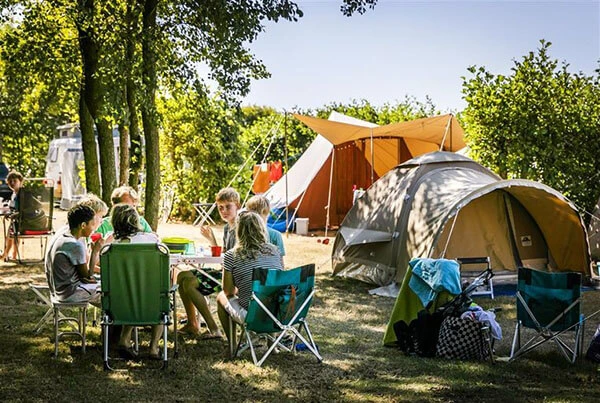
Helpful Tips
In addition to packing the right gear, you can do a few other things to make your winter camping trip a success.
• Choose the suitable campsite: When picking a campsite, look for an area sheltered from the wind. A site that’s on high ground is also a good choice, as it’s less likely to be flooded if there’s a sudden thaw.
• Set up your camp before dark: It’s much harder to set up camp in the dark, so try to arrive at your campsite early. This will give you plenty of time to get your tent set up and all your gear organized before nightfall.
• Stay hydrated: It’s easy to get dehydrated in the cold, dry air, so be sure to drink plenty of water. Pack some sports drinks as well, as they can help replenish your electrolytes.
• Eat regularly: Eating regular meals is essential, even if you’re not very hungry. Your body needs fuel to stay warm, so make sure you’re eating enough.
• Avoid alcohol: Drinking alcohol might make you feel warmer, but it causes your body to lose heat. So, save the beer for after your camping trip.
• Get up and move: It might be tempting to curl up in your sleeping bag and stay put, but getting up and moving around is essential. Exercise helps your body generate heat, so a bit of light activity can go a long way.
• Don’t forget to enjoy yourself: Even though there’s a lot to think about when winter camping, don’t forget to have fun. After all, that’s what camping is all about.
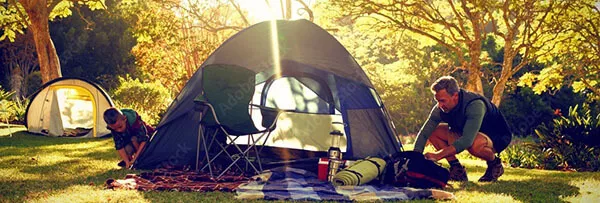
Additional items
• Snowshoes or cross-country skis: If there’s snow on the ground, these can help you get around more easily.
• A sled: A sled can be used to transport gear or to tow small children.
• A kitty litter: Kitty litter can be used to provide traction on icy surfaces.
Don’t forget about Heat sources
• A wood-burning stove: A wood-burning stove can be used to heat your tent and cook your food.
• A propane heater: A propane heater can be used to heat your tent. Check out complete review of Jetboil Minimo
• An electric blanket: An electric blanket can keep you warm in your sleeping bag.
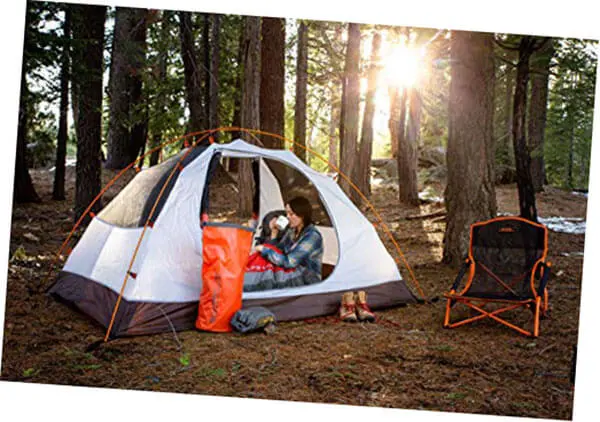
4 Season Tents
• A four-season tent is a must for winter camping. Check this review of the best tents
• Make sure to choose a spacious tent for everyone in your group.
• A four-season tent is designed to withstand heavy snow and high winds.

Cold-Weather sleeping bag:
• A down Sleeping bag is a good option, as it’s lightweight and compact.
• You’ll also want to pack a sleeping pad or an air mattress to insulate you from the cold ground.
• A sleeping bag rated for cold weather is essential for winter camping.
• Down sleeping bags are a good option, as they’re lightweight and compact.
Insulated sleeping pads or air mattresses:
• A sleeping pad or an air mattress is essential for winter camping.
• Insulated sleeping pads or air mattresses will help keep you warm by insulating you from the cold ground.
• Be sure to choose a comfortable sleeping pad or air mattress, as you’ll be spending a lot of time in your sleeping bag.
Warm clothing:
• Pack plenty of layers that you can easily take on and off. Be sure to pack layers of clothing that you can add or remove as needed. Wool or synthetic fabrics are a good choice for both inner and outer layers of clothing.
• It’s vital to pack comfortable clothing, as you’ll be spending a lot of time in it.
• Be sure to pack extra socks for keeping your feet warm.
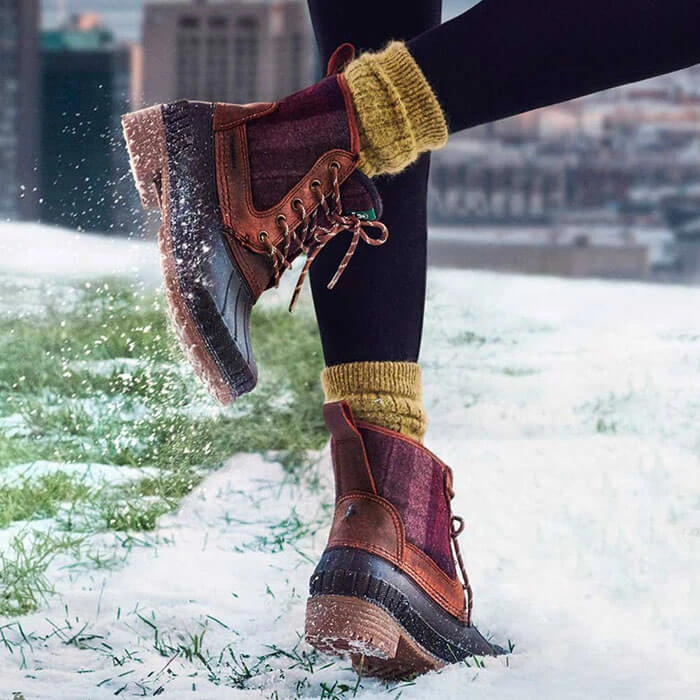
Waterproof and insulated boots:
• A good pair of boots is essential for any winter activity, and camping is no exception.
• Make sure your boots are waterproof and have good traction to prevent slips and falls.
• Your boots should be comfortable, as you’ll spend a lot of time walking in them.
• Insulated boots will help keep your feet warm.
First-aid kit:
• A first-aid kit is a must for any camping trip, but it’s imperative in the winter.
• Be sure to pack supplies for common injuries and any medications you or your group members take.
• A first-aid kit should include bandages, gauze, tape, scissors, and antiseptic wipes.
• It’s also a good idea to pack a snake bite kit if you’re camping in an area where snakes are present.
Shovel:
• A shovel can be used for everything from digging your tent to building a snow fort.
• A shovel is an excellent way to clear a path around your campsite.
• Be sure to pack a shovel that’s big enough to handle the job but not so big that it’s cumbersome to carry.
Headlamp:
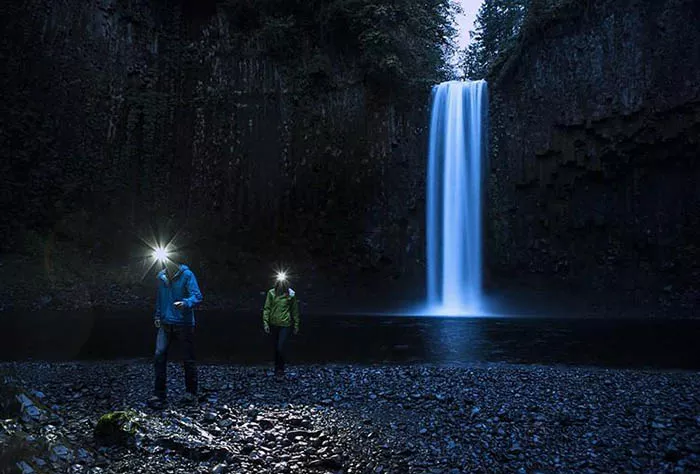
• A headlamp is essential for any night-time activity, Especially in the backcountry, from reading to the bathroom.
• Be sure to pack extra batteries for your headlamp.
• A headlamp is also an excellent way to signal for help if you get lost.
• Choose a comfortable headlamp, as you’ll be wearing it for long periods.
Map and compass:
• A map and compass will help you find your way if you get lost.
• It’s a good idea to familiarize yourself with the area before camping.
• Be sure to pack a map and compass appropriate for the area you’ll be camping in.
• A GPS unit can also be helpful but pack extra batteries.
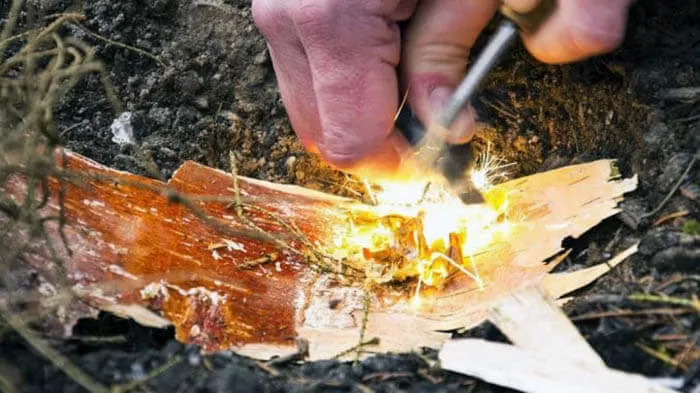
Firestarter:
• A fire starter will come in handy if you need to build a fire for warmth or to signal for help.
• Be sure to pack a fire starter appropriate for the area you’ll be camping in.
• A fire starter should be easy to use, as you may not have time to fiddle with it if you need to build a fire in a hurry.
• A lighter is a good option for a fire starter.
Whistle:
• A whistle is an excellent signal for help if you get lost or injured.
• A whistle can also be used to scare away animals.
• Be sure to pack a loud whistle to be heard from a distance.
• A whistle is an excellent way to signal for help if you’re in trouble.
Binoculars:
• Binoculars can help you spot potential hazards, such as avalanches, from a distance.
• Binoculars can also be used to spot animals.
• Be sure to pack a pair of appropriate binoculars for the area you’ll be camping in.
• Binoculars are a good way to keep an eye on your surroundings.
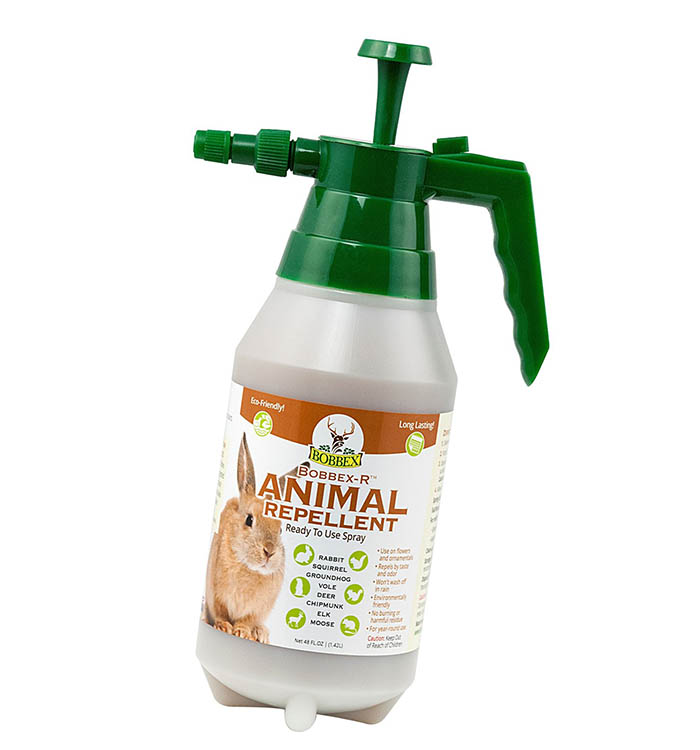
Animal repellent:
• Animal repellent can help keep away pesky critters, like mice and squirrels, that might try to invade your camp.
• Be sure to choose an animal repellent that’s safe to use in your camping area.
• Animal repellent can also be used to keep away dangerous animals, like bears.
• Be sure to pack enough animal repellent for the entire trip.
Snowshoes or cross-country skis:
• If snow is on the ground, these can help you get around more easily.
• Snowshoes or cross-country skis can also be used to tow small children.
• Be sure to pack snowshoes or skis appropriate for the area you’ll be camping in.
• Snowshoes and skis can help you get around in the snow.
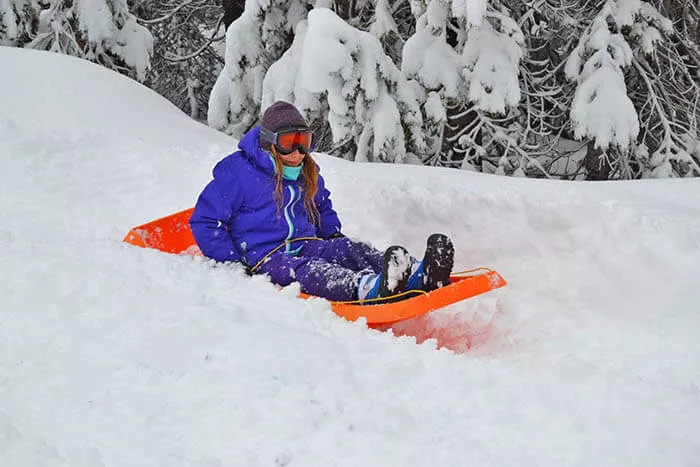
Sled:
• A sled can be used to transport gear or to tow small children.
• A sled can also be used to haul wood.
• Be sure to choose a sled that’s big enough to handle the job but not so big that it’s cumbersome to carry.
• A sled can help you get around in the snow.
Kitty litter:
• Kitty litter can be used to provide traction on icy surfaces.
• Be sure to pack enough kitty litter for the entire trip.
• Kitty litter can help you keep your campsite clean.

